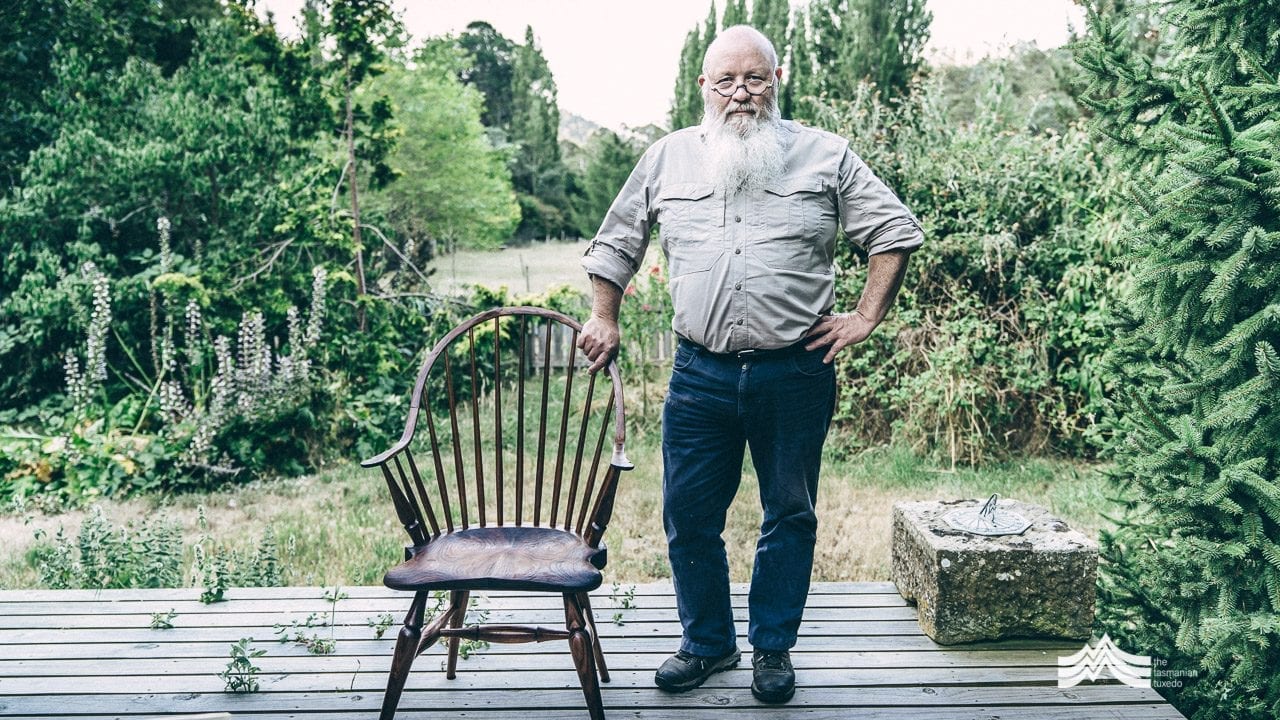The son of an incredibly industrious mother, Jon Grant is a man with a deep attachment to the maker’s philosophy. “Mum would be flat out all day and then sit down and knit of an evening. She was from the era of darning socks and patching clothes…she rarely stopped. It was a time when sustainability was essential to survival, rather than something we did out of choice. But now we’re seeing value returning to handmade and that’s something I’m really enjoying watch happen.”
“Part of why I do this lies in a means to escape. It takes me away,” says Jon of his craft. “I’m privileged to have a connection with something and an avenue to pursue it. I call these chairs ‘bodgy’ jobs, but not because the craftsmanship is questionable,” says Jon. “But because a ‘bodger’ is actually an old term used to describe one who creates from a mishmash of timber materials. It explains what I do quite well.”
Jon is passionate about Windsor chairs. Dating from the 1600s they were a ‘frumpy and reliable’ piece of furniture whose design originated in England. “Windsor chairs go back centuries and have changed a little bit over time, however the principles of design have remained relatively stable,” explains Jon animatedly. “They include a carved seat, and everything terminates in the seat itself…the legs, the back…everything. It might seem a simple design, but they are stronger than other chairs. The tapering of the pieces means everything fits together as tight as a drum and once you sit on them the weight on the chair only reinforces its strength by pushing the legs and seat together.”
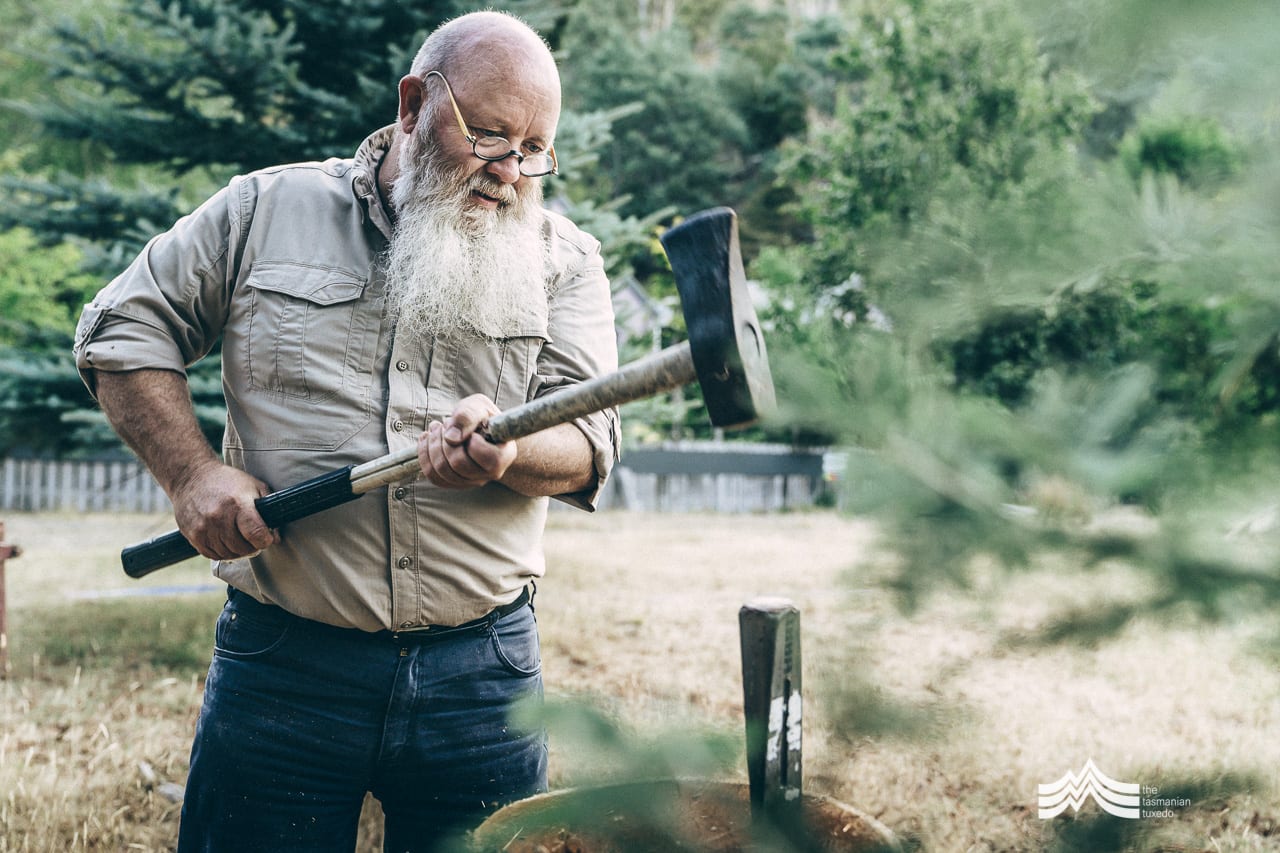
Originally carved from beech, birch or ash in England, part of the beauty of the Windsor chair is that it’s constructed from whatever timber is available. Peering over his rimless glasses and running his hands over his timbers, Jon is happy to talk for hours about the craft that is clearly dear to his heart, “Here in Tassie I tend to work with Blackwood sawlogs as they’re sustainable and I can bend the green timber how I need to, but I also can’t resist working with our King Billy Pine and Huon Pine occasionally.”
Jon holds a wealth of knowledge on Windsor chairs and travels to the United States regularly to work with Curtis Buchanan, considered the ‘master’ of this now global craft. “When the English aristocracy migrated to America, Windsor chairs took on a new life, driven largely due to the components available. There were more options in terms of timber and this translated in to the legs becoming more splayed and the components thinner.” Jon explains how white pine was commonly used for the seats, “It’s soft and easy to carve. In comparison, the American chairs tended to use oak for the upper carriage and maple for the legs. It’s interesting how the availability of timber influenced the design but also how its essence remained – the American versions are still a collection of components, and retain a connection to their English counterparts to this day.”
Windsor chairs were typically painted for this very reason, “The paint was used to cover the fact that different timbers were used…to disguise the fact that not everything matched,” says Jon. “A black timber chair is actually a stunning piece in a room too, you can really see its form. However, I also love the look of the timber, especially the beautiful varieties we have here in Tasmania. I’m easily distracted by the grain and love to leave my timber as untouched as I can.”
In the late 1800s, George Peddle arrived in Tasmania from High Wycombe, the centre of English chair making. The ‘Peddle Chair’ is unique to Tasmania. Crafting in the style of the English Windsor but with Tasmanian Blackwood, Peddle initially worked out of Hobart, later relocating to Launceston where he was joined by his brother-in-law Harry Hearn. The pair continued their craft in the north eastern township of Nabowla where they won large contracts to supply chairs for the Tasmanian railways. The Peddle chair was a common sight in railway offices and in ladies waiting rooms across the island state for decades.
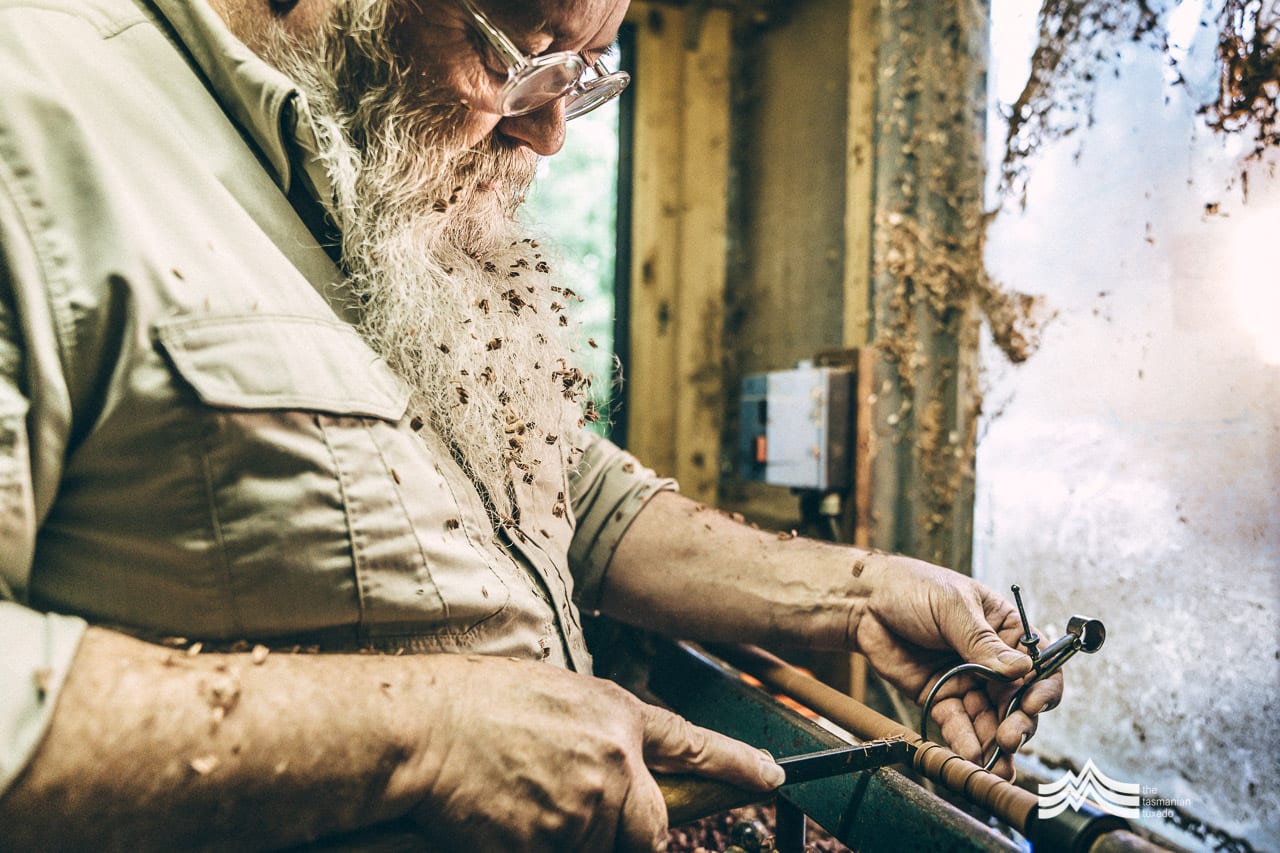
“In high school I quickly realised the workshop was for me,” reminisces Jon. “I loved engaging with my hands and my Year 10 metal work project saw me make a wood lathe. I still use that same lathe today.”
Moving on from school, Jon often received compliments on his handmade efforts. “People would often tell me I’m talented but I knew I was only touching on things. I wanted to experience mastering something and connect on a deeper level.”
A class in making oval shaker boxes introduced Jon to a new way of working. “That introduced me to simple, functional and utilitarian styles of American furniture. It was from there that I got into chairs and the Windsor journey began. I really do say journey because that is what it is. I don’t embrace the concept of master anymore, it’s just a journey. The beauty as I see it is to go down a path of exploration. It’s the process that’s important.”
“There are unique tools in this craft. I love handmade tools and I love the links with the past. I’m always on the lookout for old tools and you’ll often find me scrounging around markets to see what I can find.” Jon adds, laughing, “You can’t get much of what I use from Bunnings.”
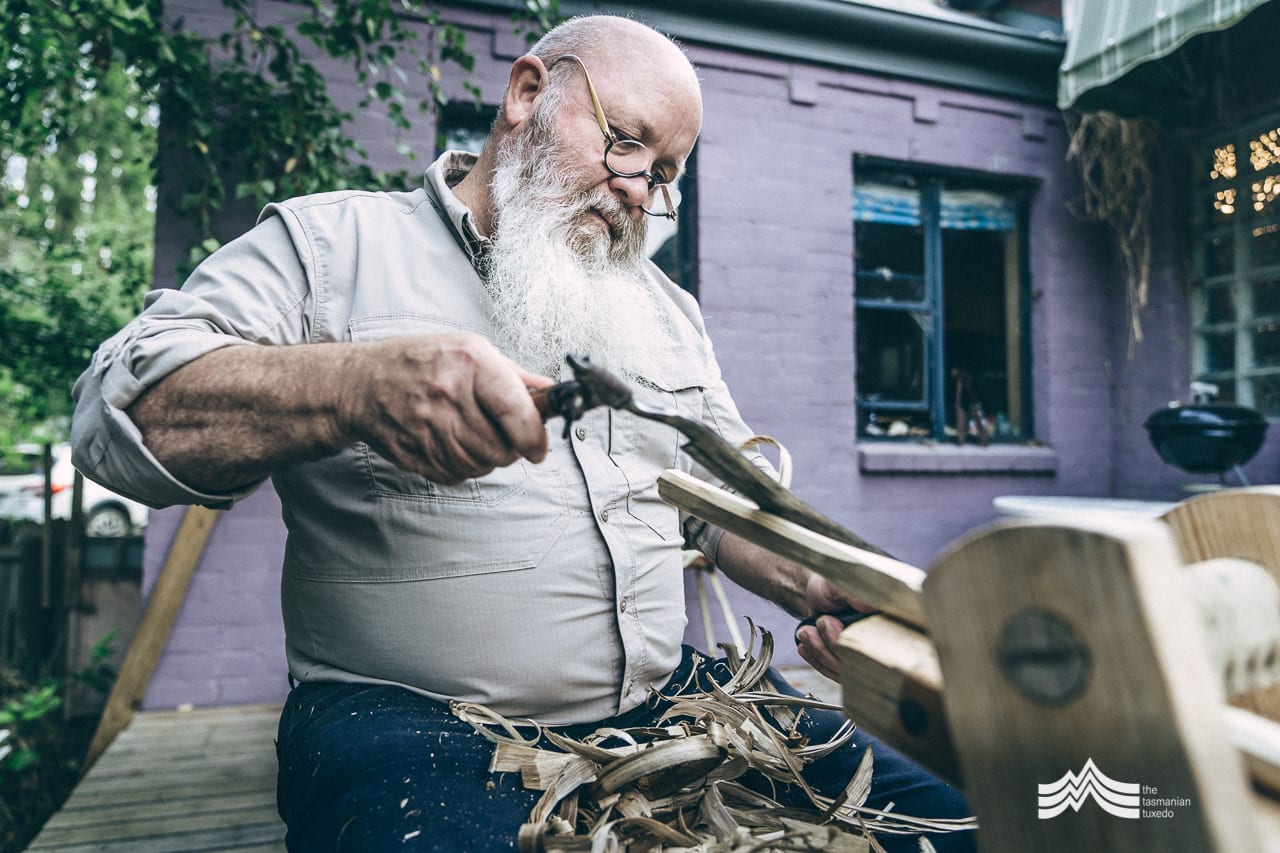
The tools are important elements in Jon’s creative process. “For me, it’s about seeing how far I can push my tools whilst building my skill. Each chair starts with me selecting and splitting a log. To split that log effectively I need the right tool and I need to use it well. The further I can push what looks like a pretty crude tool, the more efficient the process is.” Jon explains the attraction of the craft itself, “In my work I don’t just jump to the easiest tool. I want to master the old ways. It’s an important part of what this craft represents. I focus on the skill rather than the tool and the most basic of tools can produce fantastic outcomes when you know how to use them.”
Prior to the industrial revolution, handmade was the norm. “It still is in many countries,” says Jon thoughtfully. “It’s just a lot of us no longer live in that world. Manufacturing has changed western society and things have evolved.” However Jon is passionate about the value of handmade and convinced of its place in today’s society.
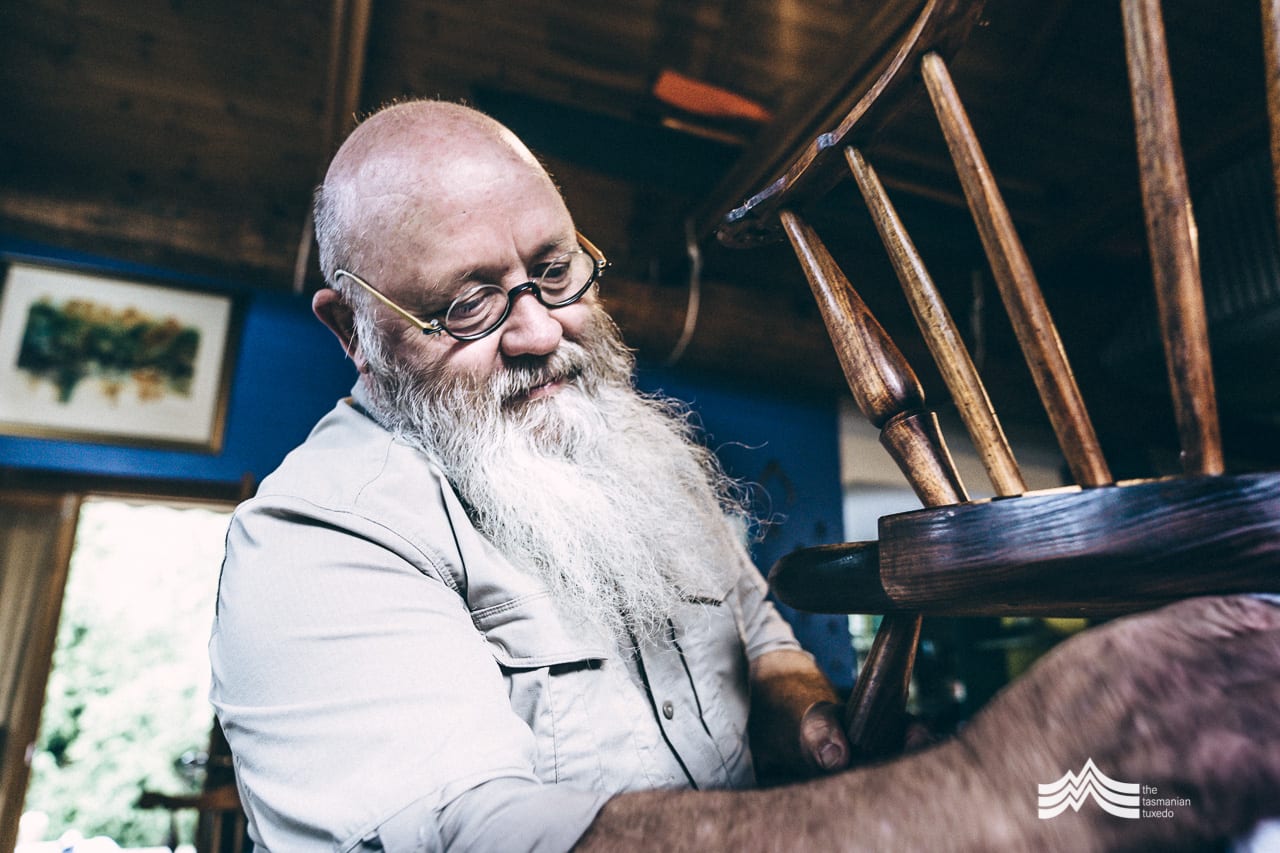
“People are actively searching for handmade today. I think they’re after value and authenticity,” he says. “If you love to read, nothing can replace the smell of a book. Well, it’s the same in furniture to me. I want to see the grain, see the tool marks and feel the timber. It’s what makes pieces unique and lets people buy into the story of the maker.” Jon continues, “We have a connection when we see something handmade. It can really provide comfort. In a world of perfection and compliance, I find it freeing to celebrate blemishes and uniqueness.”
The rise in boutique makers across Tasmania tells us Jon’s views are well supported. “Handmade isn’t old fashioned. It can reference that, but it’s not that itself. It’s a way to form a connection with the past and derive comfort from skill and creativity. Every handmade item tells a special story and I think people are really coming to appreciate the sensory experience…we all love to smell and touch handmade pieces.”
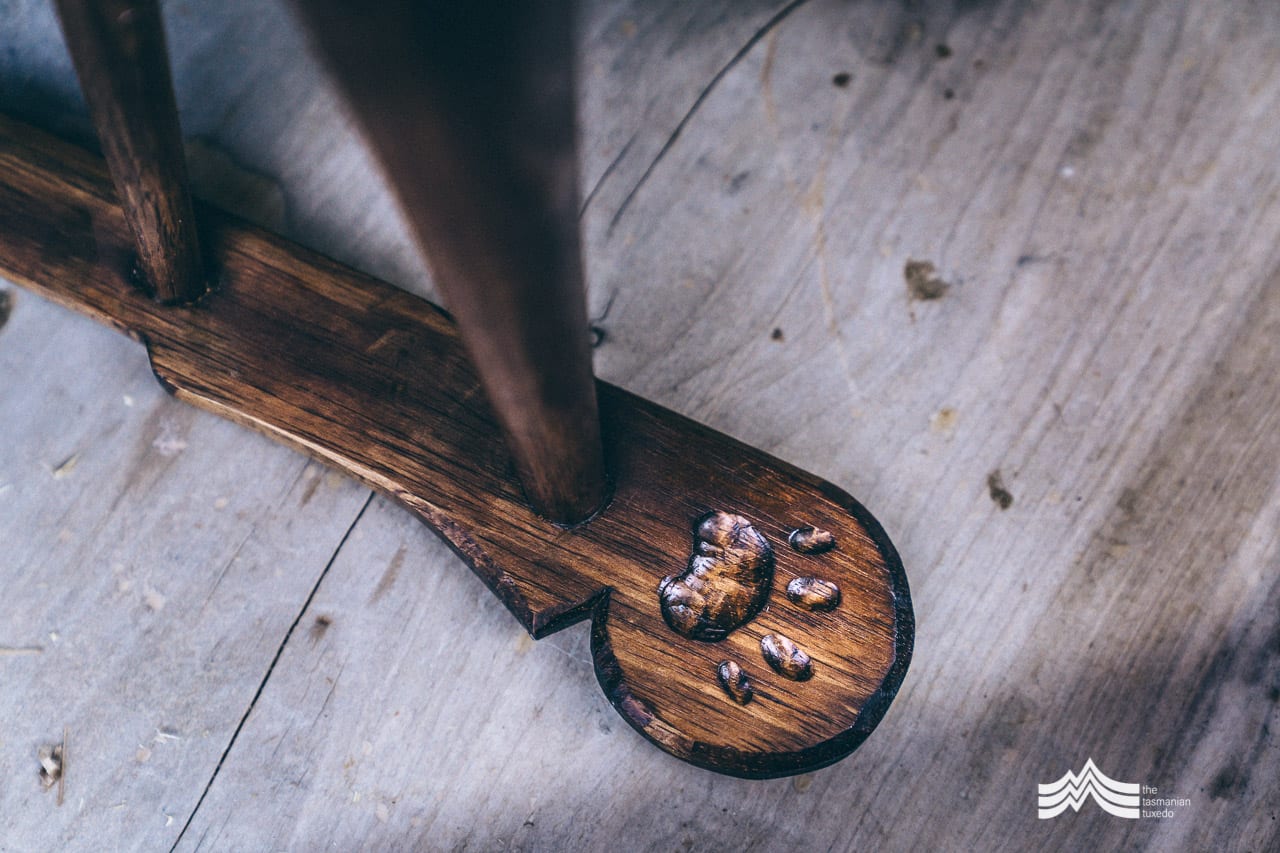
Interestingly, the rise of the handmade movement is likely not to be where it is today without social media – one of the very same things that often celebrates and promotes perfection. “Social media has allowed me to connect with makers across the globe and share ideas,” says Jon. “It’s also making handmade accessible. I can share a video and people can go and try the techniques for themselves. It means we can share knowledge and experiences and encourage others to pursue the old techniques too. Social media is the polar opposite of handmade and individuality on one hand, and its best friend on the other.”
Like many craftsmen, Jon adds a maker’s mark to every piece. His signature cursive ‘G’ is readily found under the seat of his chairs. “For me a maker’s mark represents the love and commitment that’s gone into a piece. It’s an individual mark that represents a little bit of me. A lot of hours go in to my pieces so I think it’s fitting that I leave a touch of my story with them all.”
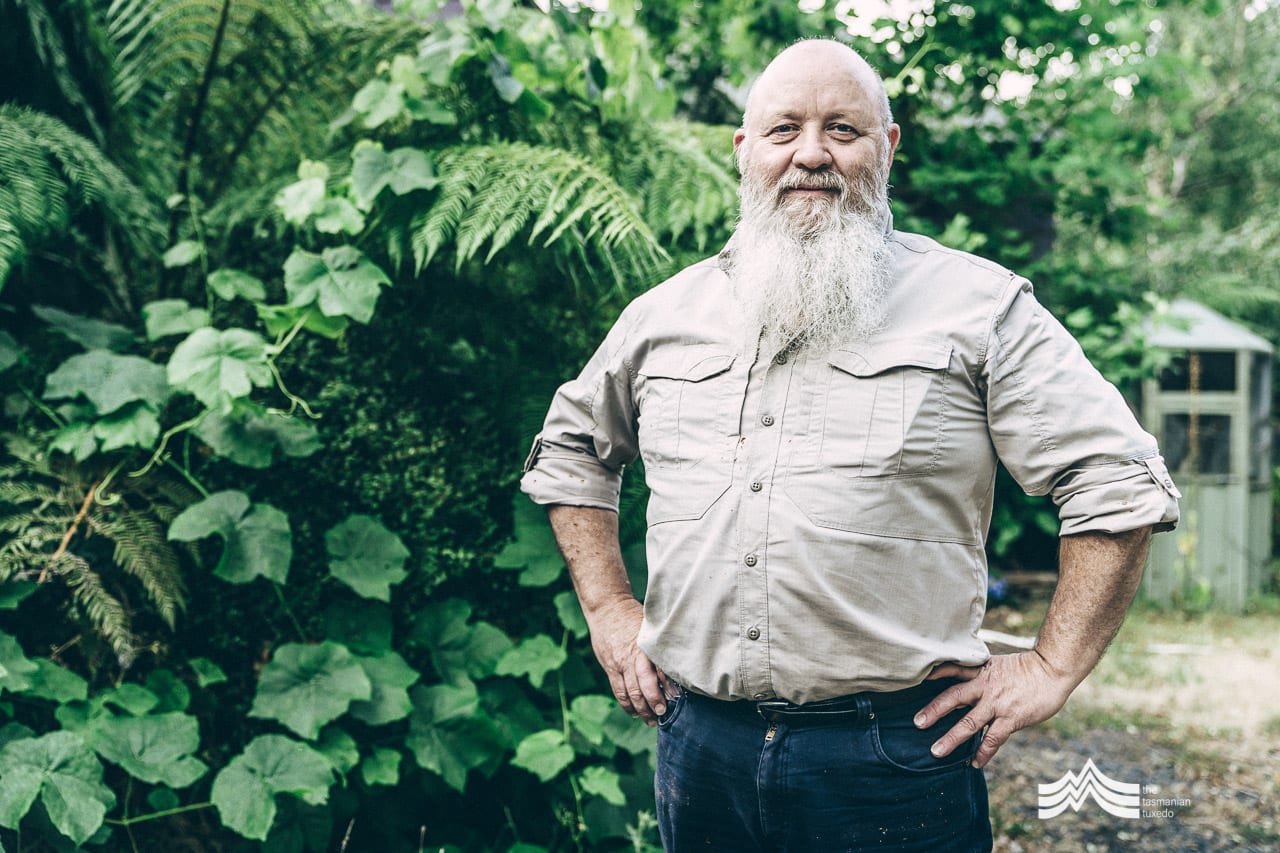
Follow Jon’s creative journey on Instagram or check out the Handmade Matters website.
